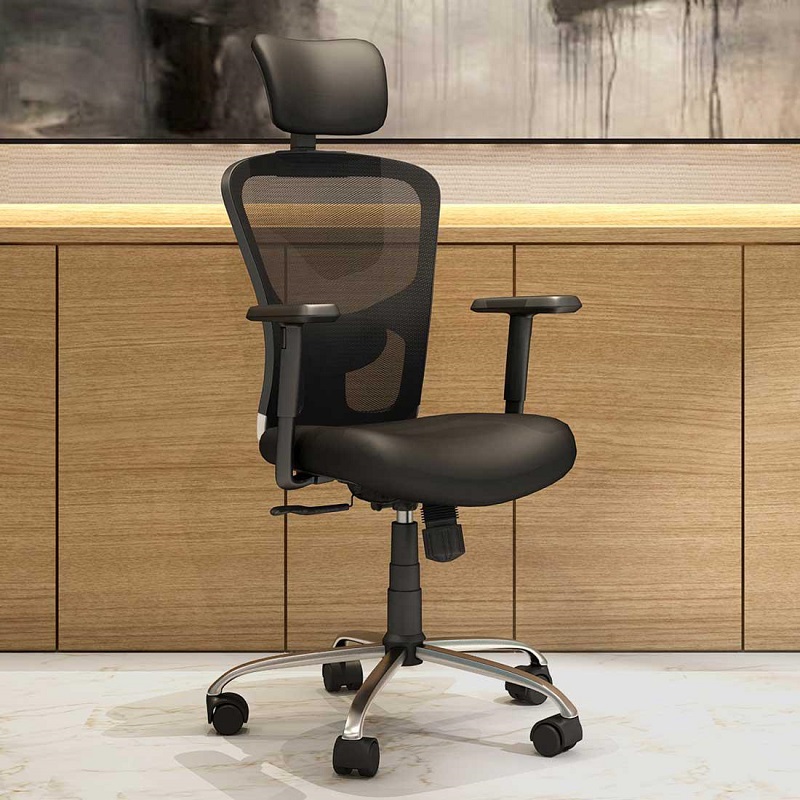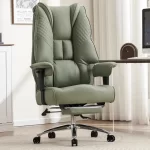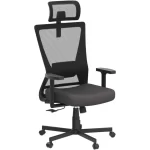Office chairs are essential for comfortable and productive work, but sometimes they need adjustments or maintenance. Removing the wheels from an office chair can be necessary for various reasons, such as replacing old wheels, cleaning under the chair, or moving the chair on a different surface. In this comprehensive guide, we’ll walk you through the process of removing wheels from an office chair with ease. Whether you’re dealing with stubborn wheels or simply want to understand the steps involved, this guide will cover everything you need to know.
Understanding the Structure of Office Chair Wheels
Types of Office Chair Wheels
Before attempting to remove the wheels from an office chair, it’s important to understand the different types of wheels and their mechanisms. Office chairs generally come with one of two types of wheels: casters or glides. Casters are wheels that allow the chair to roll, while glides are flat feet that keep the chair stationary. Most office chairs use casters, which are attached to the chair base by a stem that fits into a socket.
Wheel and Stem Mechanism
The wheels of an office chair are typically connected to the base through a stem mechanism. This stem can vary in shape and design, including options like a simple push-fit stem or a more secure locking mechanism. Understanding how the stem fits into the chair base will help you determine the best approach for removal. Some wheels may have a release mechanism that requires specific tools or techniques, so knowing your wheel type is crucial for a smooth removal process.
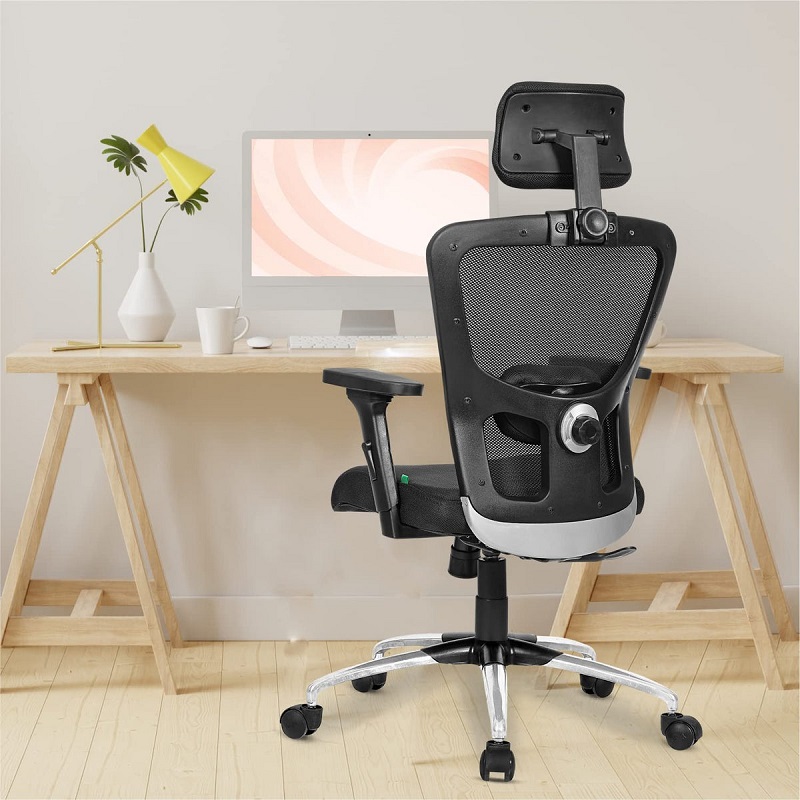
Tools and Materials Needed
Essential Tools
To remove the wheels from an office chair, you’ll need a few basic tools. The most common tools include a pair of pliers, a flathead screwdriver, and possibly a rubber mallet. Pliers are useful for gripping and pulling the wheels, while a flathead screwdriver can help pry off stubborn wheels. A rubber mallet can be used to gently tap and loosen any wheels that are particularly stuck.
Optional Tools
Depending on the design of your office chair, you might need additional tools. For instance, some chairs have locking mechanisms that require a specialized tool to disengage. If your chair has such a mechanism, consult the manufacturer’s instructions or look for any additional tools that might be needed. Having a small toolkit on hand can be helpful for any unexpected challenges during the removal process.
Step-by-Step Guide to Removing Office Chair Wheels
Preparing the Workspace
Before you start removing the wheels, prepare your workspace to make the process easier. Clear the area around the chair to ensure you have enough room to work. Lay down a protective covering or drop cloth to catch any debris or tools that may fall during the process. Ensuring that your workspace is clean and organized will help you work more efficiently and avoid any potential damage to your flooring or chair.
Removing Wheels from a Standard Office Chair
- Inspect the Wheels: Check how the wheels are attached to the chair base. Most wheels are attached with a simple push-fit mechanism, while others may have a locking system or a screw.
- Grip the Wheel: Use your hands or a pair of pliers to grip the wheel firmly. If the wheel is stubborn, gently twist it to see if it will loosen.
- Pull the Wheel Out: Apply steady pressure to pull the wheel out of the socket. If the wheel doesn’t come out easily, use a flathead screwdriver to pry it loose, being careful not to damage the chair base.
- Repeat for All Wheels: Continue this process for each wheel on the chair. If any wheels are particularly difficult, use a rubber mallet to tap the base gently, which may help to dislodge the wheel.
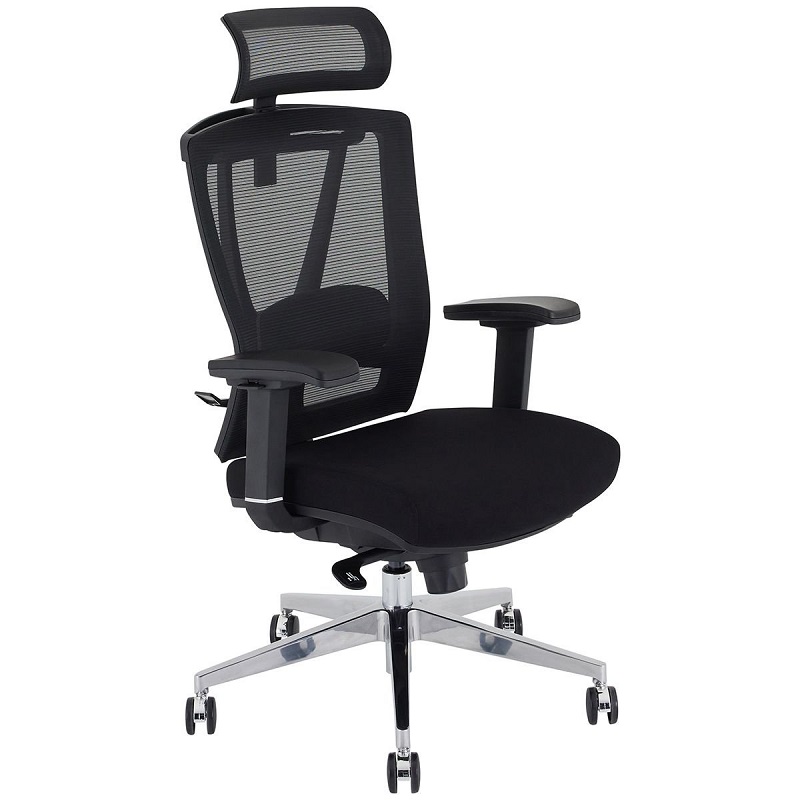
Dealing with Stubborn Wheels
- Assess the Situation: If a wheel is proving difficult to remove, inspect the attachment mechanism. Some wheels have a locking mechanism or a screw that needs to be removed first.
- Use the Right Tools: For wheels with a locking mechanism, use the appropriate tool to disengage the lock. If a screw is involved, use a screwdriver to remove it before attempting to pull the wheel out.
- Apply Heat or Lubricant: If the wheel is still stuck, consider applying a small amount of lubricant to the joint. Alternatively, use a hairdryer to apply gentle heat, which can expand the metal and make removal easier.
- Seek Professional Help: If all else fails and you’re unable to remove the wheels, consider seeking assistance from a professional or contacting the manufacturer for guidance.
Cleaning and Maintenance After Removal
Cleaning Under the Chair
Once the wheels are removed, take the opportunity to clean under the chair. Dust and debris often accumulate in this area, which can affect the performance of the wheels and the overall cleanliness of your workspace. Use a vacuum cleaner or a damp cloth to remove any dirt or dust. For stubborn stains or grime, consider using a mild cleaning solution.
Inspecting and Replacing Wheels
While the wheels are off, inspect them for any signs of wear or damage. If you’re replacing old wheels, make sure the new ones match the specifications of your chair. Look for wheels that are compatible with the chair’s base and consider the type of flooring in your workspace. Properly functioning wheels are essential for smooth and easy chair movement.
Reattaching the Wheels
Aligning the New Wheels
If you’re replacing the wheels, align the new ones with the sockets on the chair base. Make sure that the stem of each wheel fits securely into the socket. Gently press or tap the new wheels into place until they are fully seated.
Testing Stability
After reattaching the wheels, test the chair’s stability and mobility. Roll the chair back and forth to ensure that the new wheels are functioning correctly and that the chair is stable. If the chair feels wobbly or unstable, double-check that the wheels are securely attached and properly aligned.
Final Adjustments
Make any necessary adjustments to ensure the chair is comfortable and functional. Check that the height and tilt mechanisms are working properly and that the chair moves smoothly. If needed, adjust the wheel type or configuration to better suit your workspace and usage needs.
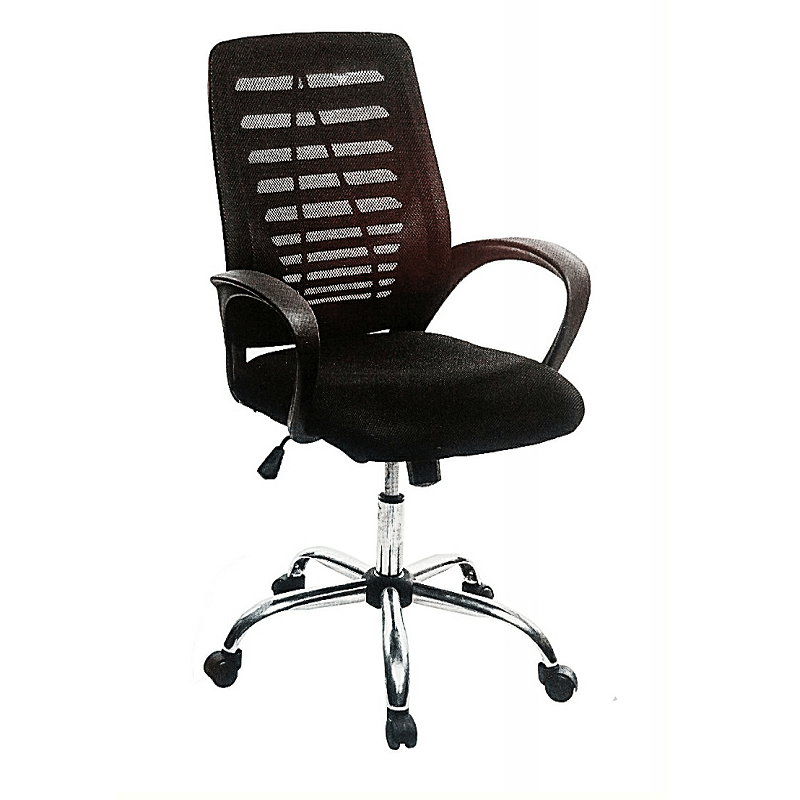
Troubleshooting Common Issues
Misaligned Wheels
If you notice that the new wheels are not aligning properly with the sockets, double-check the compatibility of the wheels with the chair base. Ensure that the stem size and design match the original wheels. If necessary, adjust the alignment by gently tapping the wheels into place with a rubber mallet until they fit securely.
Persistent Stubborn Wheels
For wheels that remain stubborn despite your efforts, examine if there’s any debris or corrosion obstructing the mechanism. Clean the area thoroughly, and if possible, apply a penetrating lubricant to loosen any rust or gunk. Sometimes, gently tapping the wheel with a rubber mallet while applying lubricant can help ease it out.
Chair Base Damage
If the chair base is damaged during the removal process, assess the extent of the damage. Minor cracks or chips can often be repaired with epoxy or a similar adhesive. For significant damage, consider consulting a professional for repairs or replacement parts to ensure the chair remains functional and safe.
Conclusion
Removing wheels from an office chair may seem like a daunting task, but with the right tools and techniques, it can be accomplished with ease. Understanding the different types of wheels and their mechanisms, preparing your workspace, and following a step-by-step guide will help you successfully remove and replace the wheels. Regular maintenance, such as cleaning and inspecting the wheels, ensures that your office chair remains in optimal condition. Whether you’re upgrading your wheels or simply cleaning under the chair, this guide provides all the information you need for a smooth and efficient process.
